Rediscovering Hanfu: Ancient Chinese Clothing Regains Popularity In Streets
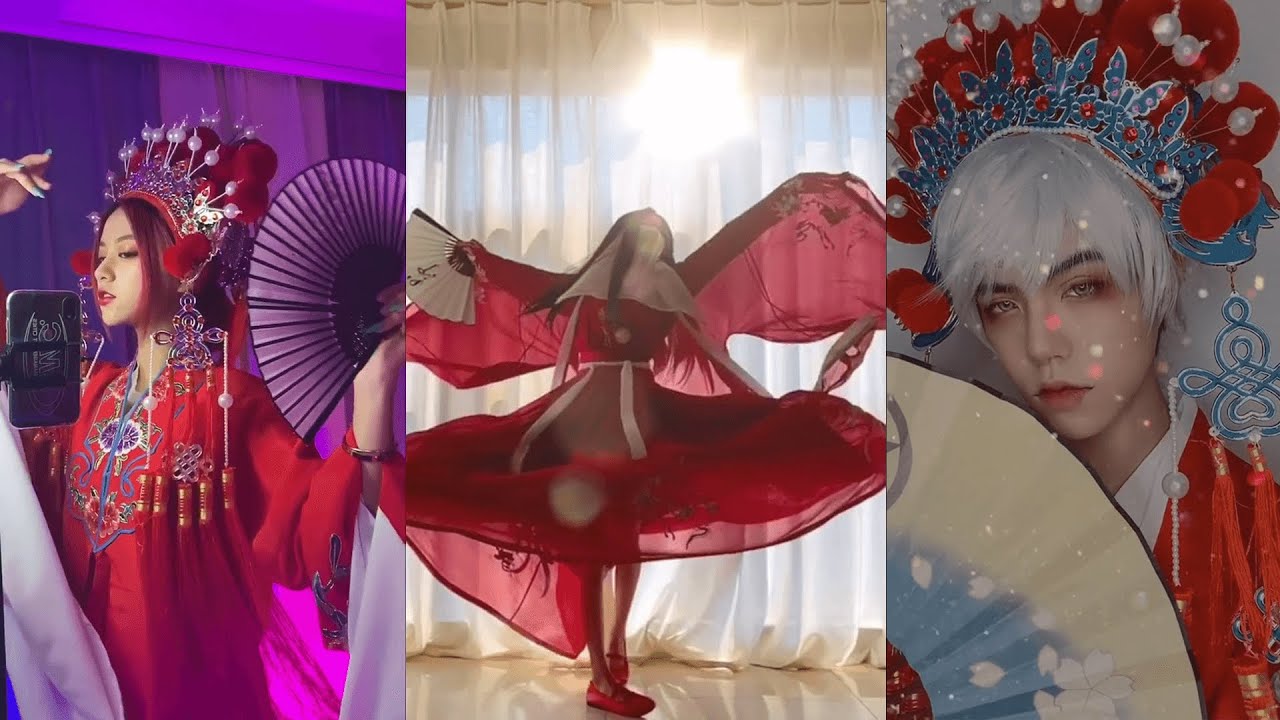
In the Philippines, traditional Chinese clothing would typically refer to the silken figure-hugging qipao (旗袍) and the long-sleeved changshan (长衫) hung on department store mannequins for display during the days leading up to Chinese New Year. However, those who watch C-dramas would know that these items are vastly different from the loose, ethereal robes worn in costume dramas such as The Untamed, Eternal Love, and Nirvana in Fire.
China’s millennia-long history and numerous ethnic groups mean that there is no dearth of traditional clothing to be examined and showcased in modern times. While the local Chinese in the Philippines tend to defer to the modernized Manchu qipao (for women) and changshan (for men) that was globally given attention to as the Chinese fashion norm during the first half of the 20th century, the majority of the Chinese populace, comprised of the Han people, find their roots in hanfu (汉服), the traditional Han clothing which has endured and evolved through several dynasties in national history.
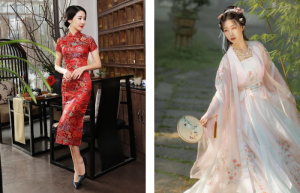 Left: A woman modeling a modern qipao. (Source: Shanghai Story)
Left: A woman modeling a modern qipao. (Source: Shanghai Story)
Right: A woman showcasing her floral hanfu. (Source: Pinterest)
Although contemporary fashion norms in China have gravitated toward acceptance of globalized Western-styled clothing, several young people have started to wear hanfu once again on the streets, participating in a movement that shows a deep appreciation not only for the history of their people but also for traditional Han-oriented aesthetics, a fashion that had mostly disappeared for more than three hundred years due to the Manchu ruling over the country during the Qing dynasty (1644–1912).
The Hanfu Movement
Hanfu is an umbrella term that refers to the ancient Han fashion spanning from around 1600 BC to 1636 AD. Having continuously evolved over the millennium, it includes a wide variety of styles, with those from the Ming, Song, and Tang dynasties being especially popular among those reviving the traditional wear.
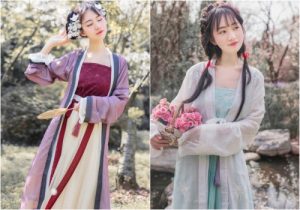 Source: Ziseviolet (Tumblr)
Source: Ziseviolet (Tumblr)
Spanning for more than a decade, the Hanfu Movement has started to gain traction among the youth in recent years, with three-fourths of customers aged between 16–24 years old. This may be partly due to the availability of online content on social media platforms such as Douyin (TikTok), WeChat, and Bilibili, as well as the airing of multiple historical and fantasy dramas that have captured national attention. Developments in technology (i.e. online shopping applications) and modern economies also are factors that facilitate the easy procurement of the traditional costumes.
With numbers surpassing two million in 2018, participants of the movement either wear the clothes in their daily lives, special events, or festivals celebrating the culture and tradition. Some fans of the fashion appreciate hanfu purely for the aesthetic while some see it as a means to bring awareness to Chinese culture, especially with the international attention it has received off-and-online.
Though the movement has also received some government support due to its inherent appreciation for traditional culture aligning with national interests, there have been critiques made, with some advising caution against the clothing being nationalized to avoid tension with other Chinese ethnic minorities and others directing attention to the inaccuracy of the fashion presented by its modern wearers.
However, at the end of the day, most participants of the Hanfu Movement do not think too much about the details. For most, hanfu is apolitical—it is an appreciation of the past, a love for beautiful things, and an expression of the self made possible through the revival of a Chinese fashion, no more and no less.




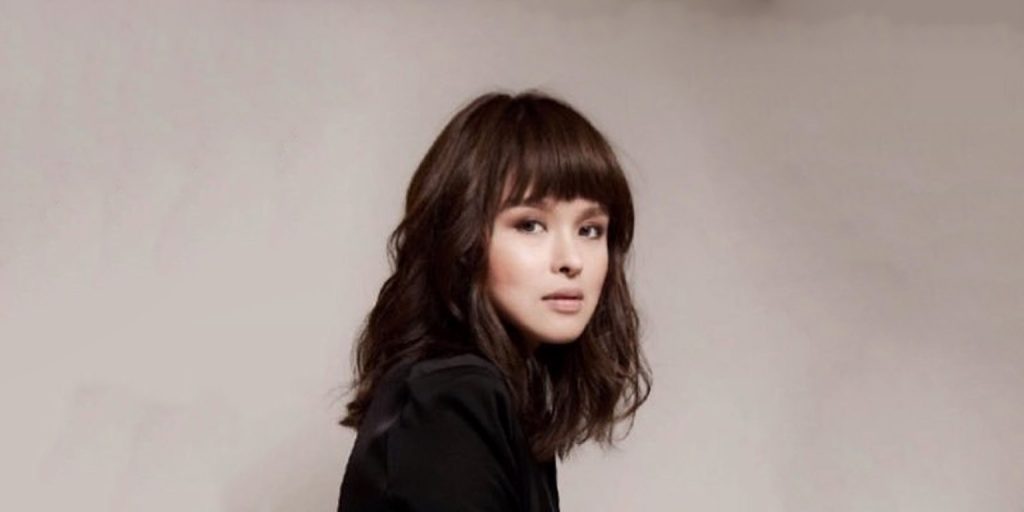
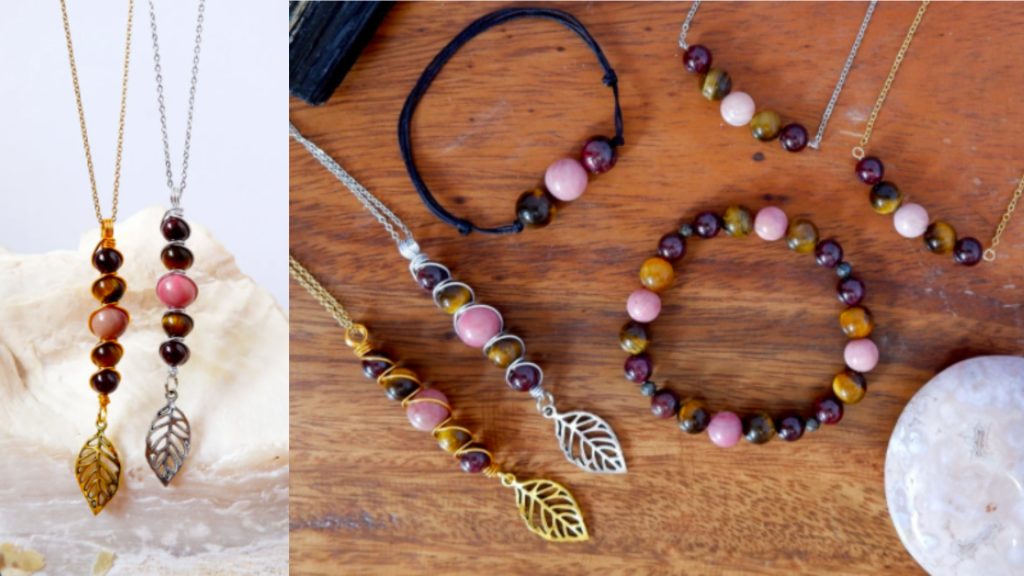
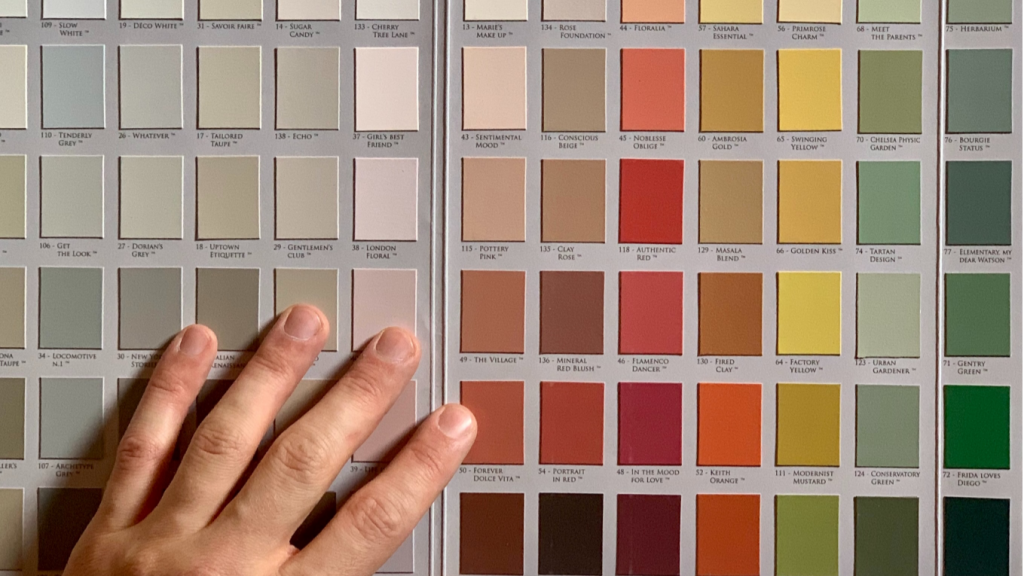

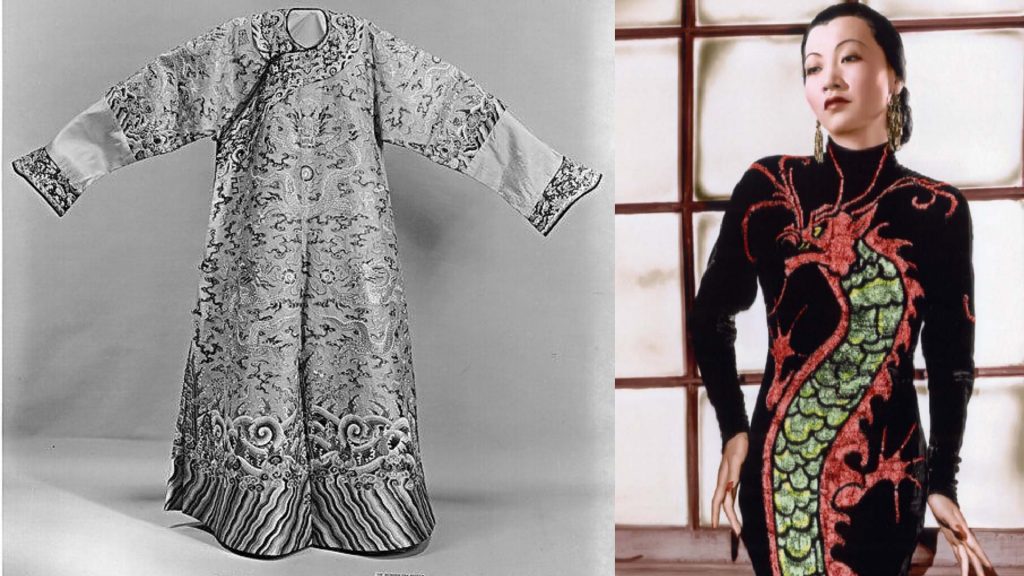
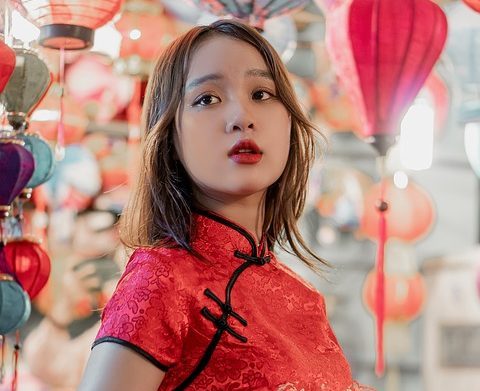
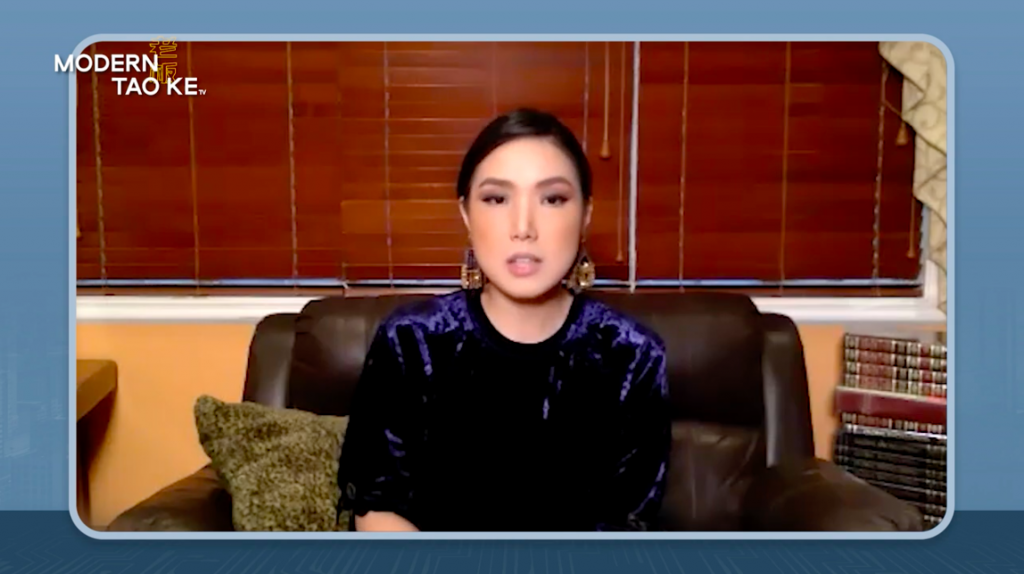
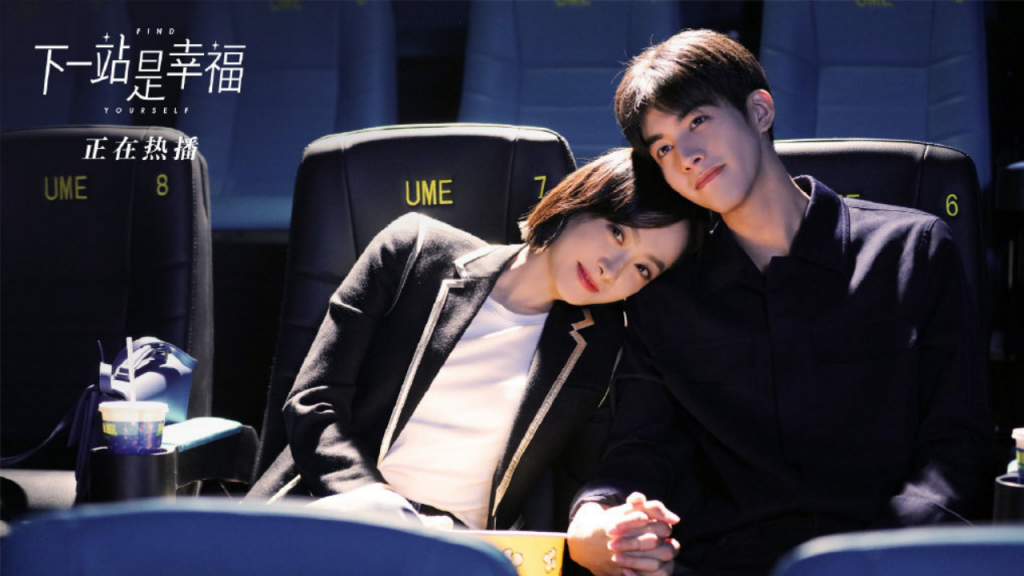
One thought on “Rediscovering Hanfu: Ancient Chinese Clothing Regains Popularity In Streets”